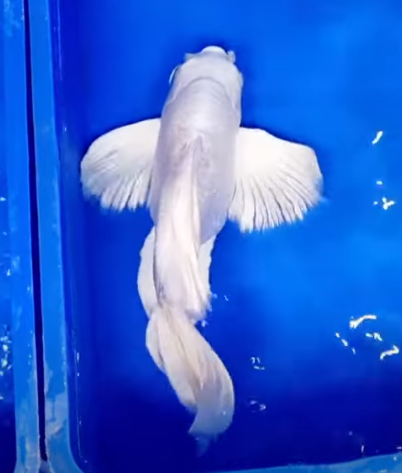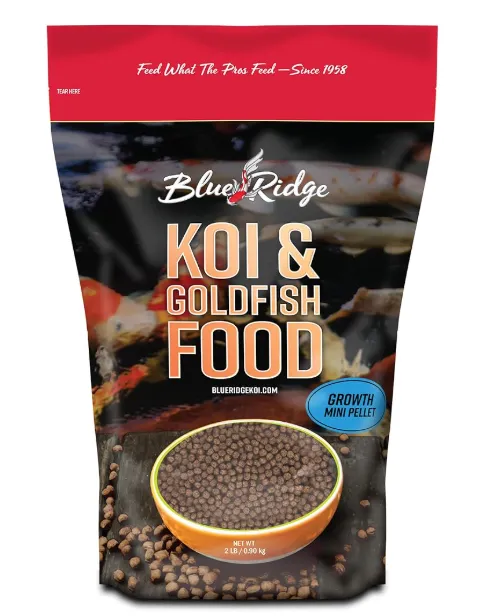

Caring for Butterfly Koi: A Complete Guide to Healthy, Happy Fish
Introduction to Butterfly Koi Caring for Butterfly Koi
What Are Butterfly Koi? Caring for Butterfly Koi
Caring for Butterfly Koi, Butterfly Koi, often referred to as “dragon koi” or “long-fin koi,” are a captivating variation of traditional koi fish, prized for their elongated, flowing fins that resemble butterfly wings. These graceful swimmers are not just aquatic pets; they’re a mesmerizing addition to any backyard pond or water garden, creating an ethereal beauty that’s hard to replicate.
The History and Origins of Butterfly Koi
Originally developed by crossbreeding wild carp with long-finned fish in Southeast Asia, Butterfly Koi gained prominence in Japan as ornamental fish. Their rise in popularity is attributed to their aesthetic appeal, which blends natural elegance with vibrant colorations.
Why Are Butterfly Koi So Unique?
Aesthetic Features of Butterfly Koi
Their distinctive long, trailing fins give Butterfly Koi a majestic appearance. These fins can grow even more pronounced with age, and their movements in the water are akin to flowing ribbons, adding a dynamic visual to any pond.
Color Varieties and Patterns
Butterfly Koi are available in a kaleidoscope of colors, from bold reds and oranges to metallic silvers and blacks. Popular patterns include Kohaku (red and white), Showa (red, black, and white), and Ogon (solid metallic hues).
Differences Between Butterfly Koi and Traditional Koi
Unlike traditional koi, Butterfly Koi are known for their hardiness and adaptability, making them suitable for a variety of pond setups and climates.
Creating the Perfect Environment for Butterfly Koi
Pond Size and Setup
When setting up a pond, size matters. Butterfly Koi need ample space to thrive—aim for at least 1,000 gallons. A larger pond ensures better water quality and room for these fish to display their full beauty.
- Depth: A minimum depth of 3 feet helps regulate water temperature and protect against predators.
- Surface Area: A wide surface area promotes oxygen exchange, which is vital for fish health.
Filtration and Aeration Systems
Invest in a high-quality pond filter to maintain clear water and prevent algae buildup. Aeration, whether through air pumps, waterfalls, or fountains, keeps oxygen levels optimal, especially during warmer months.
Maintaining Pristine Water Quality
Water quality is the cornerstone of Butterfly Koi health. Here’s how to keep it in check:
Key Water Parameters
- pH Level: Maintain between 7.0–8.0 for optimal conditions.
- Temperature: Butterfly Koi prefer water temperatures between 65–75°F.
- Ammonia and Nitrite Levels: Should always remain at zero to prevent stress or illness.
Regular Testing and Adjustments
Use reliable test kits weekly to monitor pH, ammonia, nitrite, and nitrate levels. Adjust as needed using water conditioners or stabilizers to keep your pond in balance.
Feeding Your Butterfly Koi
Dietary Requirements
Butterfly Koi are omnivores, enjoying a diverse diet of high-quality pellets, leafy greens, and occasional protein treats like shrimp or mealworms.
Feeding Tips by Season
- Spring/Fall: Use wheat germ-based food for easier digestion.
- Summer: Opt for high-protein pellets to support growth and energy.
- Winter: Reduce feeding when temperatures drop below 50°F, as koi metabolism slows significantly.
Avoid Overfeeding
Overfeeding can lead to uneaten food, which decomposes and pollutes the water. Stick to feeding small portions 2–3 times daily.
Preventing and Managing Butterfly Koi Health Issues
Common Diseases in Butterfly Koi
- Ich (White Spot Disease): Appears as white spots on the body and fins.
- Fin Rot: Often caused by poor water conditions.
- Parasitic Infections: Symptoms include flashing (scratching against surfaces) and lethargy.
Preventative Care
- Perform regular water changes to maintain water quality.
- Quarantine new fish for 2–4 weeks before introducing them to your pond.
- Keep pond equipment clean to avoid introducing harmful bacteria.
Breeding Butterfly Koi
When and How to Breed
Breeding season typically occurs in late spring or early summer. Ensure the pond has plenty of plants or spawning mops where eggs can attach.
Caring for Fry
Separate the fry from adult koi to protect them from being eaten. Feed them finely ground food or specialized fry pellets until they grow larger.
Seasonal Care for Butterfly Koi
Winterizing Your Pond
In colder climates, prepare your pond for winter by:
- Installing a pond heater or de-icer to prevent freezing.
- Reducing feeding and maintaining a stable water temperature.
Enhancing Your Pond’s Aesthetic
Plants and Decorations
Incorporate aquatic plants like water lilies and lotus to provide shade and shelter for your koi. Add decorative rocks or driftwood to create a natural, picturesque environment.
Lighting Options
Consider underwater LED lights to illuminate your koi’s colors at night, enhancing the pond’s visual appeal.
Connecting with Your Butterfly Koi
Training Them to Hand-Feed
Spend time near the pond daily. With patience, Butterfly Koi can be trained to recognize you and even eat from your hand.
Understanding Their Behavior
Observe their movements and interactions to identify potential health issues early.
Dispelling Myths About Butterfly Koi
- Myth: “Butterfly Koi are harder to care for than regular koi.”
Truth: They’re just as hardy and adaptable, provided their fins are not damaged. - Myth: “Long fins make them slow swimmers.”
Truth: While they glide more than dart, they’re not at a disadvantage.
Benefits of Keeping Butterfly Koi
- Visual Elegance: Their flowing fins and vibrant colors elevate any pond.
- Stress Relief: Watching koi swim is therapeutic, offering a sense of calm and relaxation.
FAQs
- What is the lifespan of Butterfly Koi?
With proper care, they can live 20–30 years or more. - How big can they grow?
Butterfly Koi can reach up to 36 inches in length. - Do they require special food?
While not specific, high-quality koi food and a varied diet work best. - Can Butterfly Koi survive in winter?
Yes, as long as the pond is deep enough and properly winterized. - Are Butterfly Koi compatible with other fish?
Absolutely, they’re peaceful and get along with most non-aggressive fish.
You may also like
- https://giobelkoicenter.com/karashigoi-the-yellow-jewel-of-the-koi-world/
- https://giobelkoicenter.com/how-fast-do-koi-fish-grow/
- https://giobelkoicenter.com/10-fun-facts-about-koi-fish/
- https://giobelkoicenter.com/buying-koi-fish/
- https://giobelkoicenter.com/what-does-the-koi-fish-represent/
- https://giobelkoicenter.com/how-to-transport-large-koi/
Table of Contents
Passionate about fish keeping since elementary school in the 1980s, Giovanni Carlo has dedicated countless hours to collecting and breeding a diverse array of ornamental freshwater fish. From vibrant guppies and majestic koi to striking bettas and classic goldfish, he continues to explore the fascinating world of aquatics, sharing knowledge and enthusiasm with fellow fish enthusiasts.